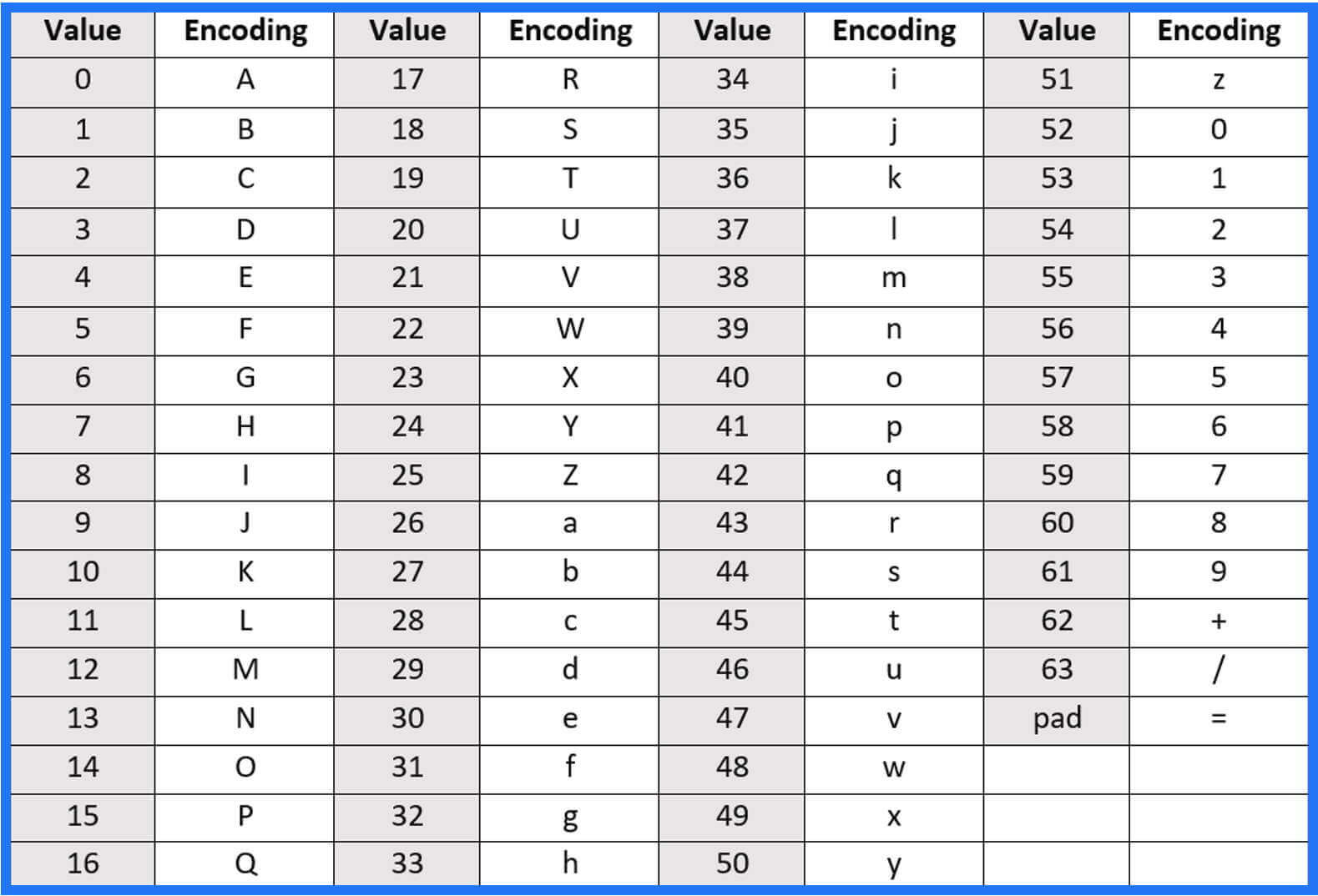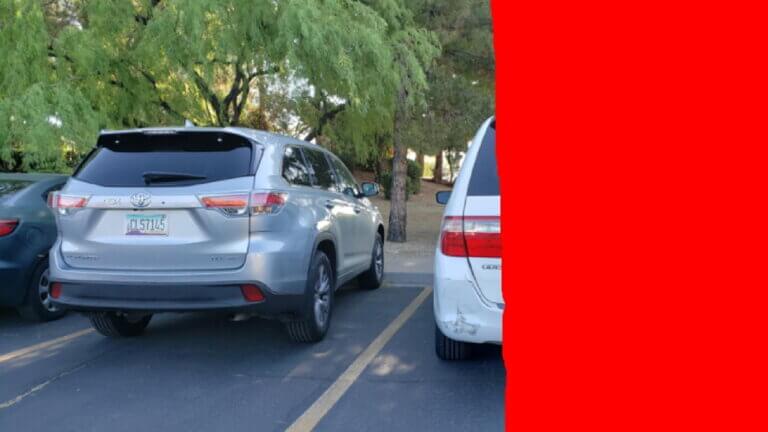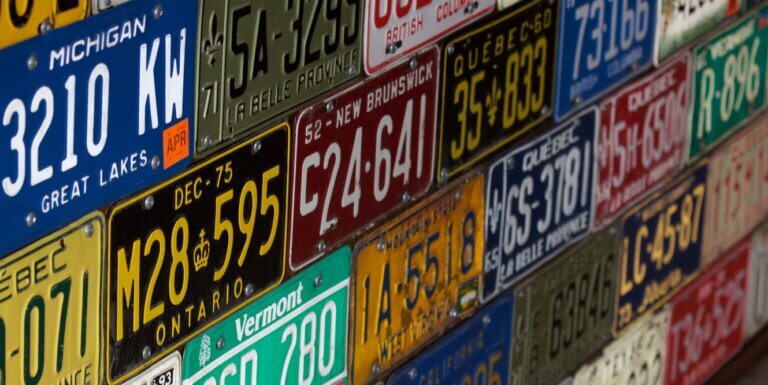Plate Recognizer, the leader in Automatic Number Plate Recognition (ANPR), is proud to announce that its car plate recognition software now supports Base64.
What is Base64?
Base64 encoding is a way of taking binary data and turning it into text in order to easily transmit the data via e-mail and HTML form. Once you have some binary data that you simply want to ship across a network, you generally don’t roll in the hay by just streaming the bits and bytes over the wire in a raw format. This is because some media are only made for streaming text. Also, some protocols may mis-interpret your binary data. So, to get around this, people generally encode the binary data into characters. Base64 a popular way of encoding the binary data.
A Base64 encoded data can be a string of characters that contains only a-z, A-Z, 0-9, + and / characters and is mostly utilized in situations when sending non-text information via a text-only transmission protocol.
Why is Base64 Important?
Base64 is vital because you want to be fully confident that your data goes through correctly to the receiver. The need for Base64 encoding comes from the issues that occur when media is transmitted in raw binary format to text-based systems. Since text-based systems (like email) interpret binary data as a good range of characters, including special command characters, much of the binary data that’s transmitted to transfer media is misinterpreted by those systems and lost or corrupted within the transmission process.
How Does Base64 Encoding Work?
Base64 encoding logic works with a 65-character subset of the US-ASCII character set. The primary 64 characters out of the 65-character subset are mapped to the same 6-bit binary sequence (26 = 64) the additional 65th character (=) is employed for padding. Each of the 6-bit binary sequences from 0 to 63 are assigned a Base64 alphabet. This mapping between the 6-bit binary sequence and therefore the corresponding Base64 alphabet is employed during the encoding process.
The Base64 mapping alphabet table is shown below.
Depending on your specific images, you may choose the fuzziness level that is just enough to blur the plate, but not too much as to make the smudge too distracting on the image.
In most cases, the medium level (25 out of 50 scale) should be sufficient to blur the license plate.
What Does Base64 Encoding Do?
Base 64 encoding takes a stream of characters and converts them to characters that are in the universal ASCII character set. Once a stream of characters has been converted to characters that belong to the universal ASCII character set (Base 64 encoded) they can be transported with ease over the Internet using the e-mail protocols.
What is ANPR?
Automatic Number Plate Recognition is a technology that uses optical character recognition on images (usually number plates) to read and decode vehicle registration plates characters and get vehicle location data. Plate Recognizer utilizes two sophisticated neural networks in its recognition technology to first identify all the photos of license plates from an image and then to decode each character of the plate.
Plate Recognizer’s unique ANPR technology has been optimized to handle real-world environments, such as blurry, dark, low-resolution images. Its recognition algorithm even works when plates are at an angle, when the vehicle is driving fast, or when the plate contains two rows of text. The license plate recognition technology can be consumed via API Cloud or On-Premise SDK on a monthly subscription basis.
Base64 on ANPR
Base64 is important in the ANPR system as it is used as a mechanism for content encoding within Multipurpose Internet Mail Extension MIME. It is also used for content obfuscation. For example, it is used for simple obfuscation of data when exchanged between applications. Also, it is used for binary content handling in web services as Base64 can be used to send and receive messages with binary content from web services.
So customers can now easily use Base64 across a variety of programming languages, such as Java, Ruby, Python, C++ and Javascript with our license plate recognition software.
Now, with Base64, rather than sending the vehicle image as a JPG or PNG, users can transmit them via Base64 straight to our ANPR engine. Plate Recognizer then decodes the license plates on that Base64-encoded image. This works with Plate Recognizer’s API Cloud or On-Premise SDK.






